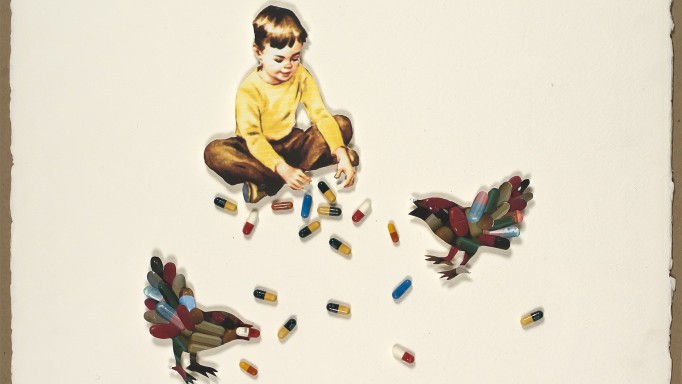Write a Comment
5 Comments
Still Confused, all the decimals you see refer to the percent risk of acquiring HIV from one incident of a specific sexual act. If there is a 0.08 percent per-contact risk (PCR) for one act of protected receptive anal intercourse (PRAI) with an HIV-positive partner, you can express that as a decimal by saying the chance of HIV transmission is 1 in 0.0008. You can express that as a probability by dividing 1 by 0.0008 = 1,250. Therefore, according to that estimate, HIV-negative men who have sex with men have a chance of 1 in 1,250 of acquiring HIV by having URAI with an HIV-positive partner.
Sorry - I'm not a math major. Your risks are posted as decimals - does that mean that 1.00 is 100%? Does this mean that .73 or whatever is almost 75% chance of contracting HIV? Please clarify for us artsies, thanks!
MatthewJ, thanks for your inquiry. Indeed, the data do estimate a higher risk during PRAI with a partner of unknown status compared with an HIV-positive one. Keep in mind that these are the findings of one particular set of data; other studies may or may not come to similar conclusions. More importantly, in the fine print of this study, the investigators give a more broad range of estimates of what the actual risk of each given act may be; the estimate ranges of the risks between the two sexual acts you mentioned overlap almost entirely. PRAI with an HIV-postive partner has a 0.08 PCR, but a 0.0-0.19 percent estimated range; PRAI with unknown has a PCR of 0.11, but an estimated range of 0.02-0.2 percent. So it's not safe to conclude that PRAI with a partner of unknown status is more risky on average than PRAI with someone who is HIV positive. In essence, they are both relatively low-risk behaviors, especially compared with URAI with an HIV-positive partner or with one of an unknown status. And it is because these insertive, protected sexual acts are so much lower risk than the other acts that it is likely difficult to come up with enough data to show more precisely how risky they are.
Ok, I'm confused. URAI with a poz guy is .73 percent and goes down to .49 percent with unknown status. But PRAI is .08 with a poz guy and then goes UP to .11 when it's with unknown? How does that work?










joe khumalo
more information needed
February 2, 2014 • westonaria